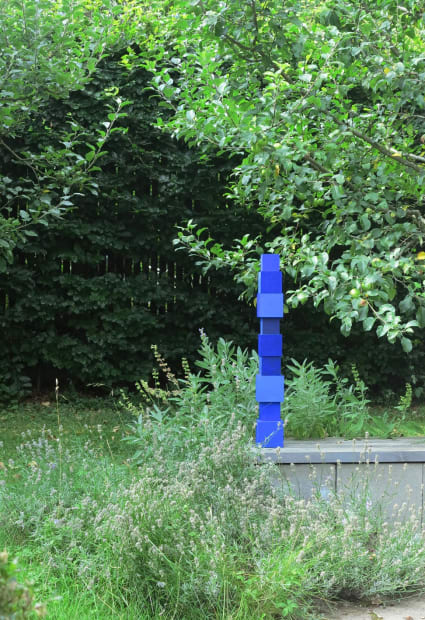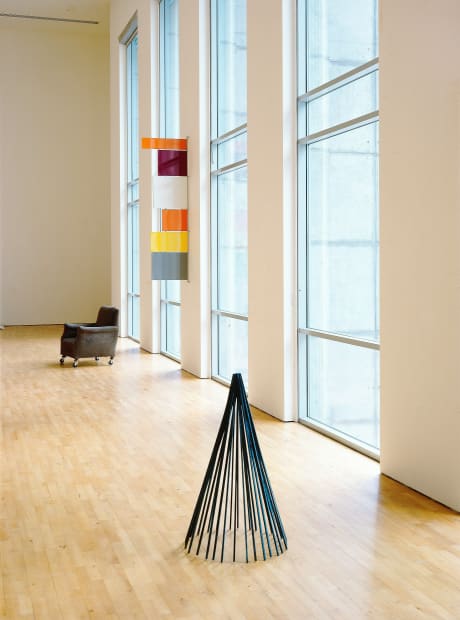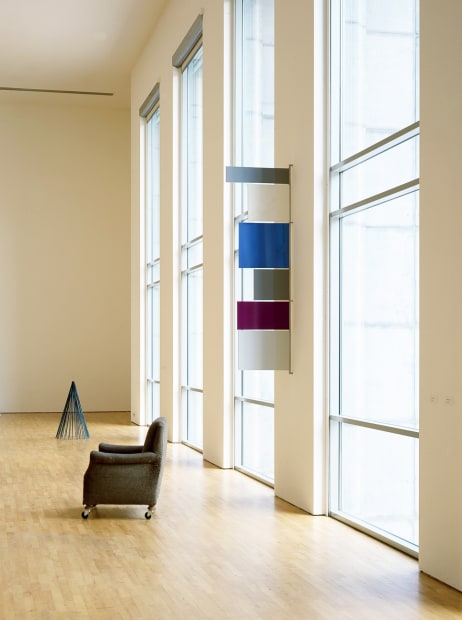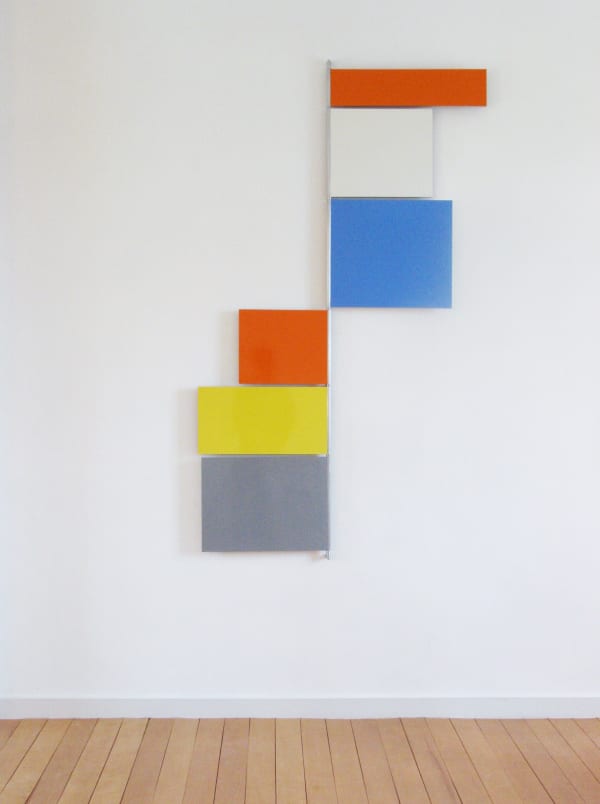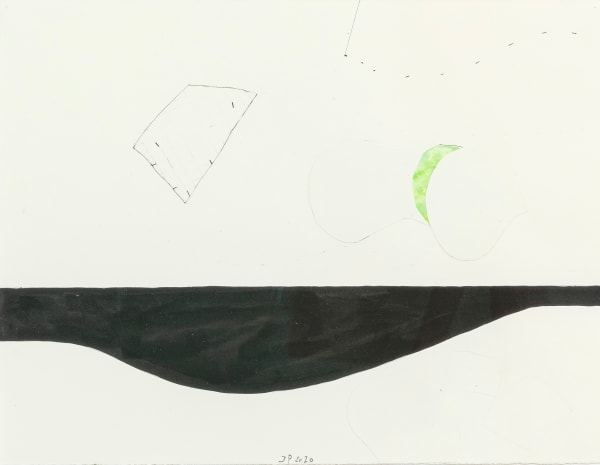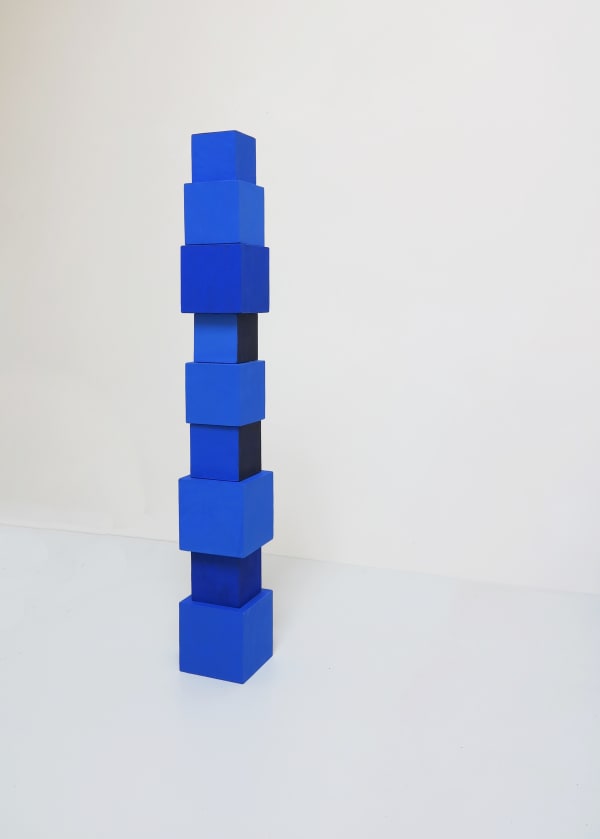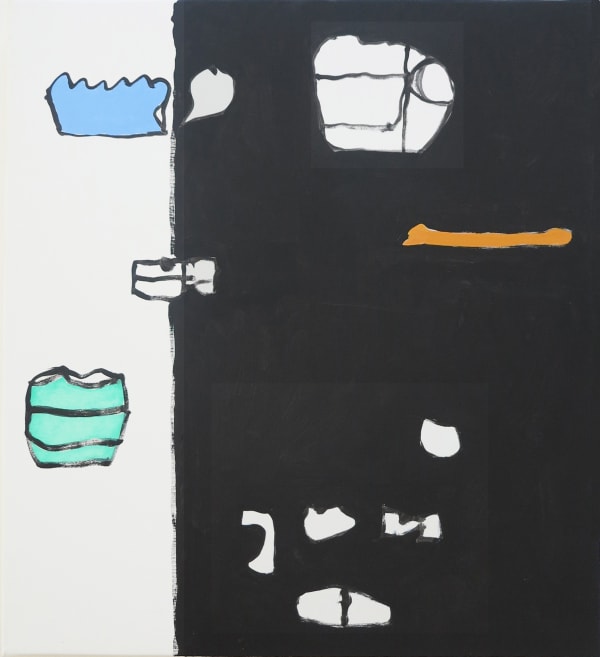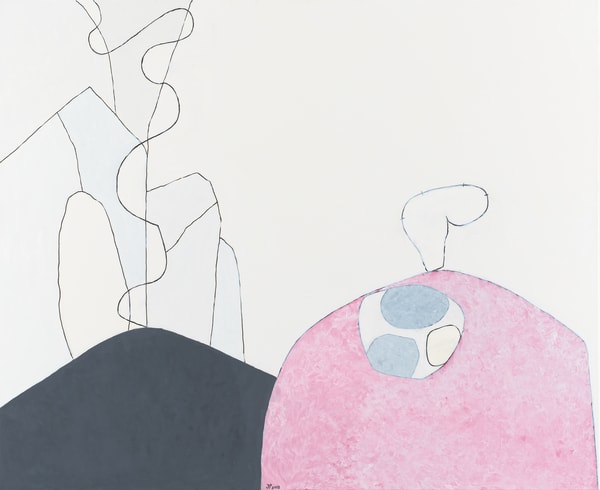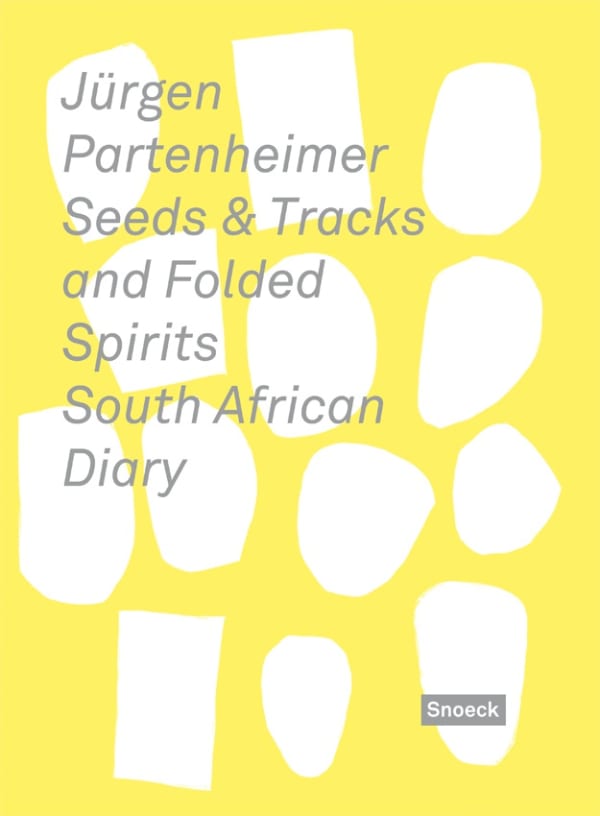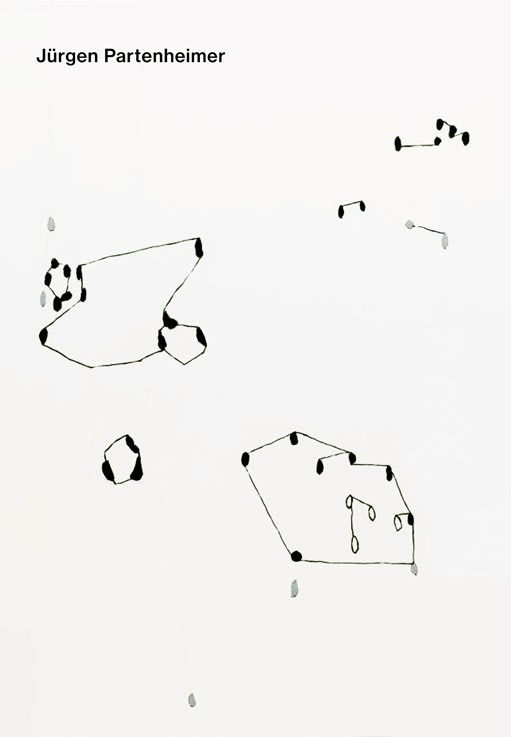-
Sculpture and Space | Jürgen Partenheimer
-

-

-
-
→ Click here for the complete interview between Jürgen Partenheimer and Ivo Mesquita
-
La Caida del Humo / Der Fall der Gischt
-

-

-

-

-
-

Jürgen Partenheimer
Farnfraktal. 100 Poets #88a, Marion Poschmann, 2020Pencil, watercolor and ink on paper
45 x 60 cm
17 3/4 x 23 5/8 inches -

Jürgen Partenheimer
Memory. 100 Poets #84a, William Blake, 2020Collage with watercolor, pencil and ink on paper
34 x 44 cm
13 3/8 x 17 3/8 inches -

Jürgen Partenheimer
Tinkerbelle 100 Poets #81, Anne Sexton, 2020Watercolor and pencil on paper
26.5 x 34 cm
10 3/8 x 13 3/8 inches
-
-
axis mundi / Weltachse
-
-

-

-
-
Axis Mundi – Sculpture in the City, London (2016)
-
-

-
-

Jürgen Partenheimer
Der Keil 100 Poets #23, Ingeborg Bachmann, 2017Oil on canvas
96 x 79 cm
37 3/4 x 30 3/4 in -

Jürgen Partenheimer
Hiding Pieces of Light. 100 Poets #80 W.S.Merwin, 2020Oil on canvas
50 x 45 cm
19 3/4 x 17 3/4 inches -

Jürgen Partenheimer
Nü-lo und T'u-ssu 100 Poets #14, Li Bai, 2019Oil on canvas
115 x 140 cm
45 1/4 x 55 1/8 inches
-
-
Der Weiser
-

-
-

-
Jürgen Partenheimer
biography -
-

-
-
-
available works
-
-
publications (selection)

















